Doctors often find it challenging to diagnose lupus because its signs and symptoms may resemble other health conditions. The symptoms can also vary widely from person to person.
Lupus is an autoimmune disease that causes the body’s immune system to attack healthy organs or tissues.
This response can cause symptoms that range from skin rashes to joint swelling to headaches.
Lupus is a chronic condition, which means that it lasts for months to years. It has no cure, but a doctor can help people manage their symptoms.
This article provides a visual guide to lupus symptoms.

Lupus can cause the immune system to attack many different body parts and systems. As a result, lupus can cause various symptoms that may differ from person to person.
The symptoms of lupus may appear to worsen during flares. Once a flare is over, a person may have mild or no symptoms for weeks, months, or even years.
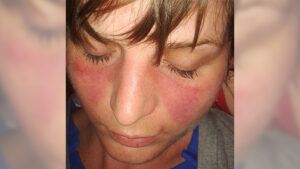
Many people with lupus
The rash does not affect the creases between the nose and cheek on each side of the face. It may be smooth or have a scaly or bumpy texture and can resemble sunburn.
The medical term for this type of rash is a malar rash. However, other conditions can cause a malar rash, so this symptom alone is not enough to indicate lupus.
Other conditions that cause a malar rash include rosacea and cellulitis.
Sometimes, a doctor may prescribe creams or ointments to treat the malar rash. These medications may include steroids to minimize inflammation.
Sometimes, a doctor may prescribe medicines that help stop immune system activity.
Learn more about treating and managing lupus and preventing flares.
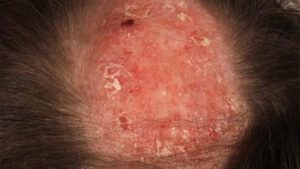
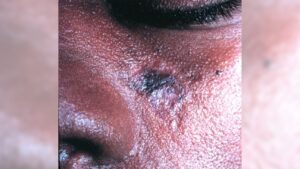
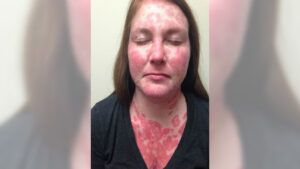
Lupus can cause two main types of lesions or sores:
- Discoid lupus lesions: These thick and disk-shaped lesions often appear on the scalp or face and can cause permanent scarring. They may be red and scaly but do not cause pain or itching.
- Subacute cutaneous lesions: These may look like patches of scaly skin or ring-shaped sores. They usually appear on areas of skin that receive exposure to the sun, such as the arms, shoulders, and neck. They do not cause scarring.
- Acute cutaneous sores: This includes a malar rash and skin inflammation without scarring.
Both types of lesions are photosensitive, which means that they are highly sensitive to sunlight.
People with these lesions should avoid being out in the sunlight as much as possible, use sunscreen, wear sun-protective clothing, and limit or avoid exposure to fluorescent light.
Learn moreLearn more about lupus and skin problems.
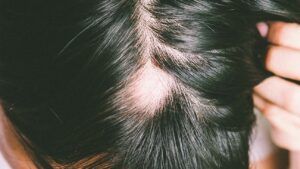
Lupus
- Discoid lupus: Sores on the scalp or other areas can cause temporary hair loss. Hair loss can be permanent in that area if the sores produce a scar.
- Skin inflammation: Severe lupus can cause temporary hair loss if there is skin inflammation. The hair usually grows back when a person takes medication to manage the symptoms.
- Medications: Some medications that treat lupus can cause hair loss. For example, some steroids and immunosuppressants can cause the hair to become brittle and break, leading to hair loss.
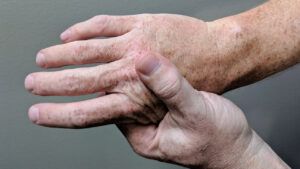
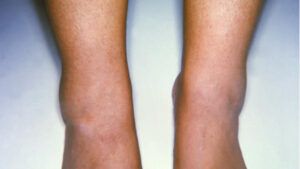
One of the most common symptoms of lupus is joint problems. Lupus may cause swollen, tender, stiff, or warm joints.
These issues usually affect the extremities, including the fingers, toes, wrists, knees, and ankles.
Although lupus is not a type of arthritis, the inflammation that it causes can result in symptoms of arthritis.
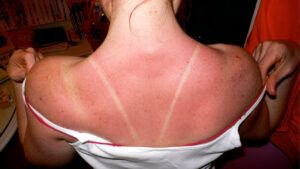
A person with lupus
The sun can also trigger the development of skin lesions, such as a butterfly rash or discoid lupus.
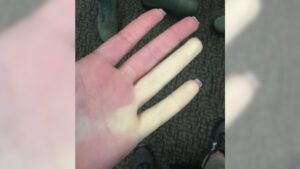
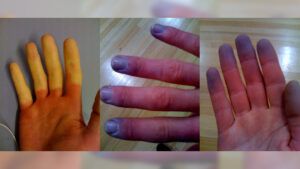
Some people with lupus may experience Raynaud’s phenomenon, which affects the blood vessels in the fingers, toes, hands, or feet.
Raynaud’s phenomenon constricts the blood vessels in the extremities, turning them blue or pale and causing tingling, numbness, and pain.
A person may notice this reaction in cold temperatures or as a result of stress.
People can manage Raynaud’s symptoms by avoiding cold temperatures, dressing warmly in gloves, socks, and boots, and using stress management techniques, such as meditation and relaxation.

Lupus can affect the eyes and the area around the eyes in several ways:
- The retina may have an inadequate blood supply, leading to vision loss.
- Discoid lupus lesions can appear on the eyelids.
- The tear glands may not produce enough tears, leading to dry eyes. This may be characteristic of another autoimmune condition called Sjogren’s disease that often co-occurs with lupus.
- The outer layer of the eye may become inflamed and red, which is an effect called scleritis.
Other possible symptoms of lupus include:
- chest pain when taking a deep breath
- headaches
- severe fatigue
- fever
- anemia (low red blood cell count or low blood volume)
- weak muscles or reduced strength
- carpal tunnel syndrome
- tendonitis (irritation of a tendon)
- kidney problems
- heart problems
- confusion
Treatment for lupus focuses on managing lupus flares and preventing them when possible.
Treating symptoms promptly can help avoid complications that may damage the body’s organs and systems. A person may need to take medications and see their doctor regularly.
Some medications that doctors recommend to help with lupus symptoms include:
- nonsteroidal anti-inflammatory drugs (NSAIDs) to reduce swelling and pain in the joints and muscles
- steroids to fight inflammation
- antimalarial drugs, which help decrease the immune system’s activity and reduce photosensitivity
- immunosuppressive medications, both oral and biologics, which control the overactive immune response
- anticoagulants to help prevent blood clots
People can work with a doctor to decide which medications and treatment options are best.
Lupus can cause various symptoms ranging from skin rashes to eye problems to hair loss.
Although lupus is a chronic condition, people can receive treatment to manage and prevent symptoms.


